Personalizing AR Design for Users: Reality That Adapts to You
Chosen theme: Personalizing AR Design for Users. Step into a world where interfaces listen, scenes reshape, and every interaction feels tailored to your goals and context. Join our community, share how you want AR to adapt, and subscribe for fresh, human-centered insights.
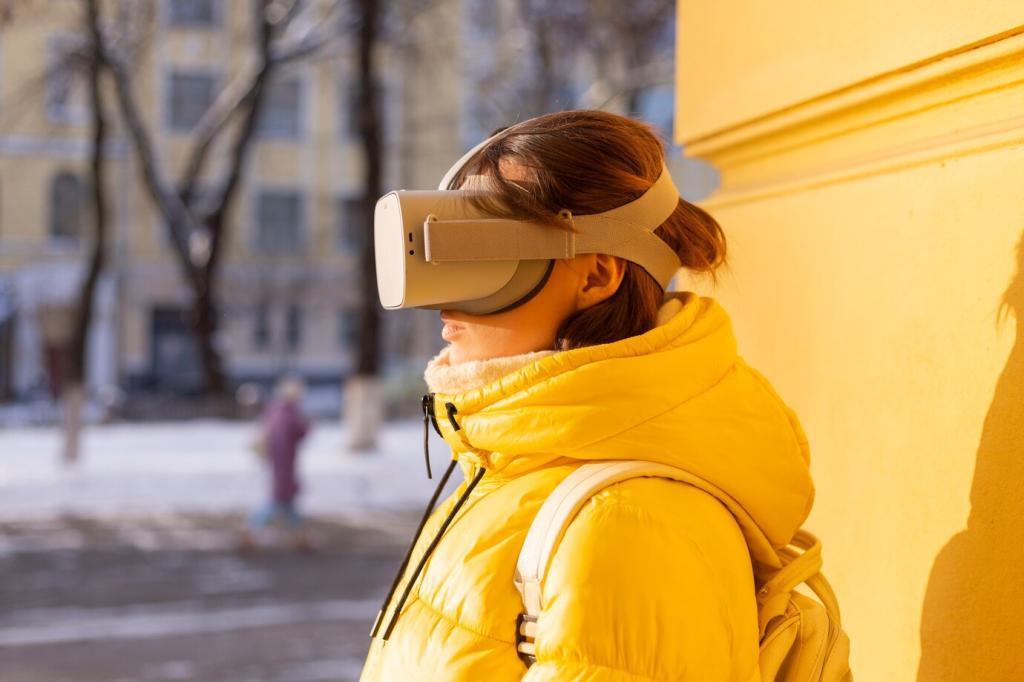
Know Your User: Context Signals That Shape AR Personalization
Lighting, noise, room size, and device capabilities quietly define comfort in AR. If a living room is dim, increase contrast; if hands are busy, shift toward voice. Ask users for preferences and let them override defaults anytime.
Know Your User: Context Signals That Shape AR Personalization
Repeated choices reveal intent better than a single tap. Notice which tools users return to, when they pause, and how they recover from errors. Over time, surface likely actions sooner and keep distractions politely hidden.
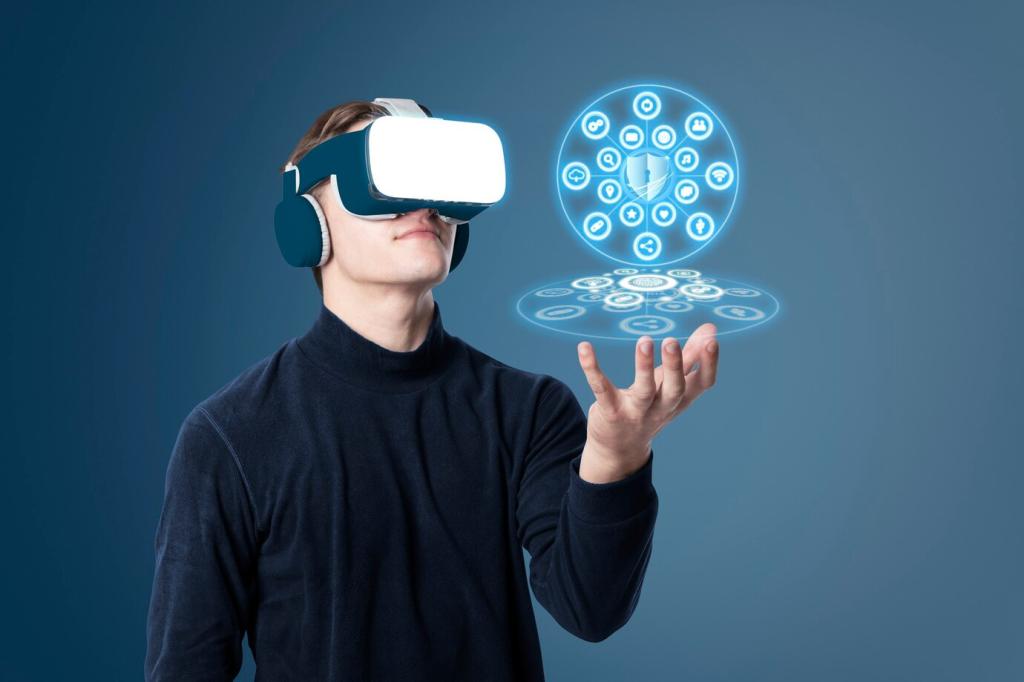
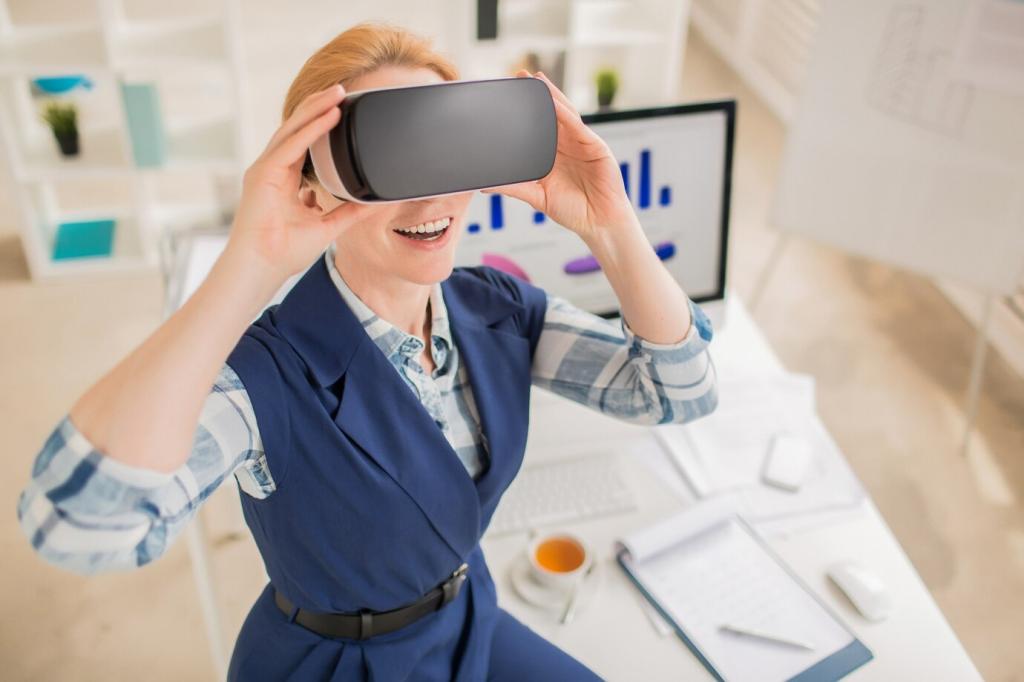
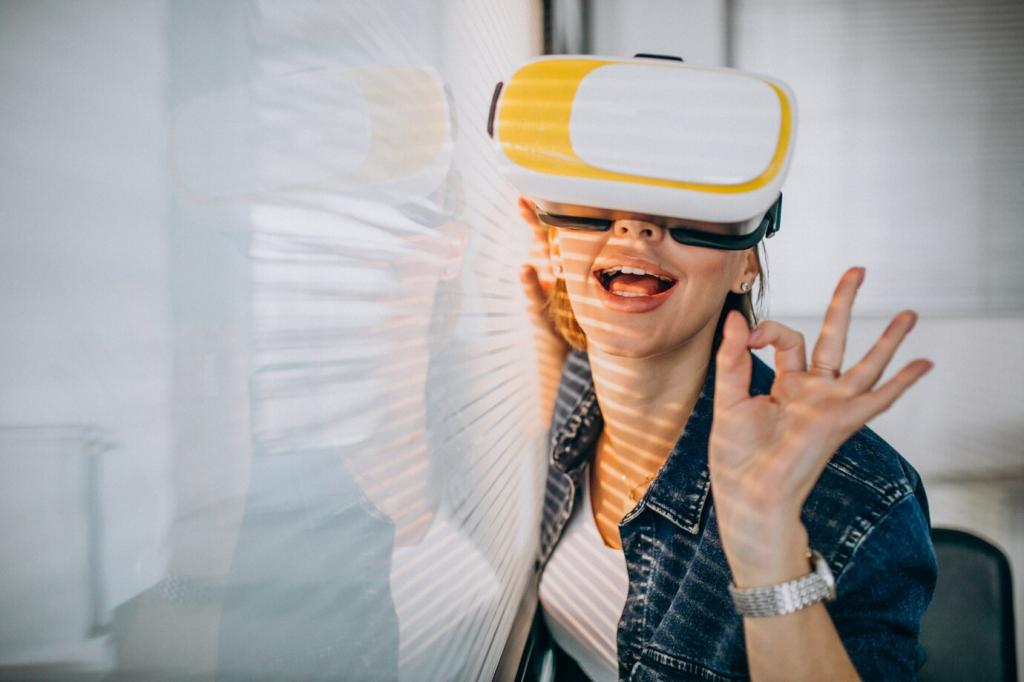
Adaptive Interfaces: UI Elements That Morph to Fit the Individual
Eyes tire fast in AR. Offer adjustable type, high-contrast palettes, and resilient hit targets that adapt to distance. Detect strain through long stares or repeated misses, then propose comfort presets users can accept or refine immediately.
Adaptive Interfaces: UI Elements That Morph to Fit the Individual
People mix modalities. Some whisper commands; others prefer precise pinches. Let the system remember successful inputs and prioritize them. If gaze intent seems uncertain, confirm subtly with a shimmer, not a jarring dialog demanding attention.
Adaptive Interfaces: UI Elements That Morph to Fit the Individual
Familiar layouts accelerate trust. If users always park tools on the left, pin them there. Keep spatial anchors stable, and avoid playful rearrangements during critical tasks. Consistency turns personalization from novelty into reliable muscle memory.

This is the heading
Lorem ipsum dolor sit amet, consectetur adipiscing elit. Ut elit tellus, luctus nec ullamcorper mattis, pulvinar dapibus leo.

This is the heading
Lorem ipsum dolor sit amet, consectetur adipiscing elit. Ut elit tellus, luctus nec ullamcorper mattis, pulvinar dapibus leo.
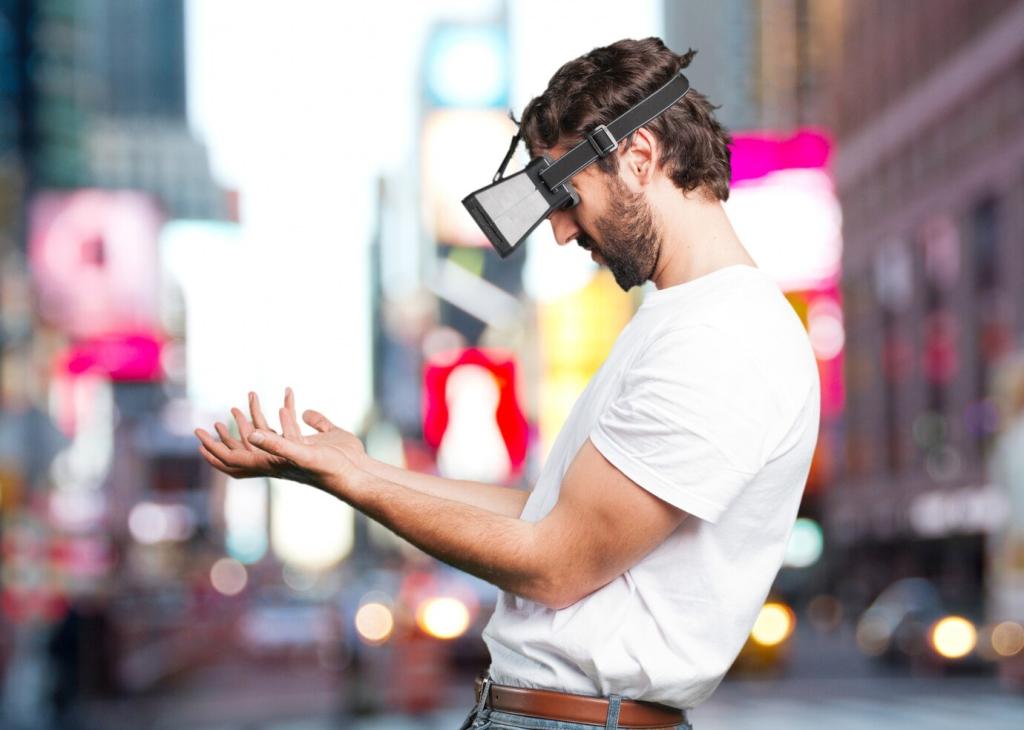
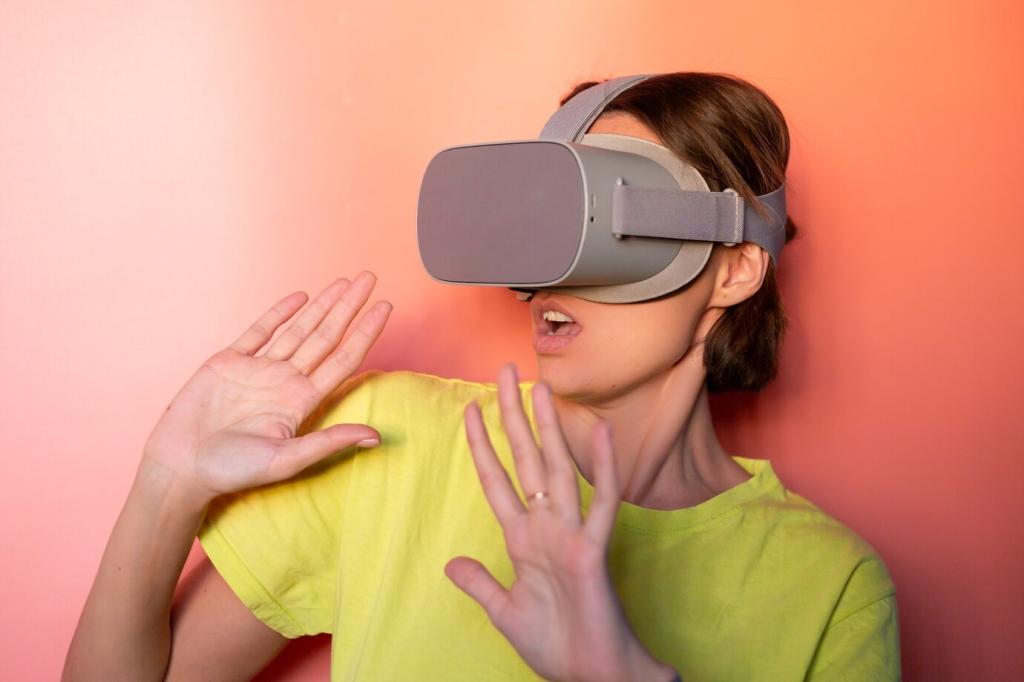
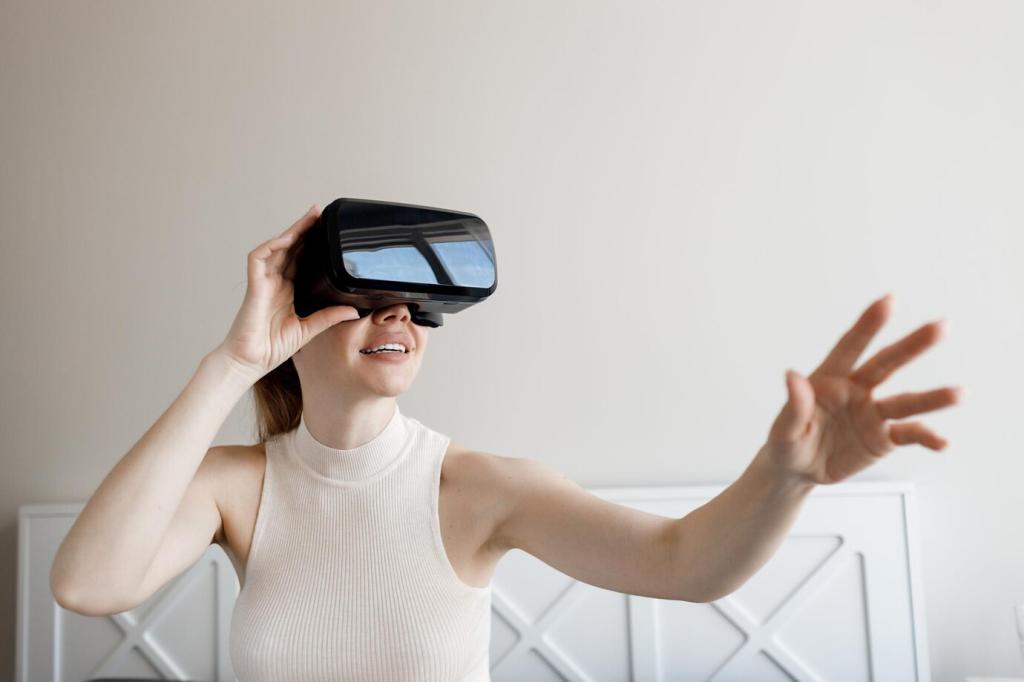
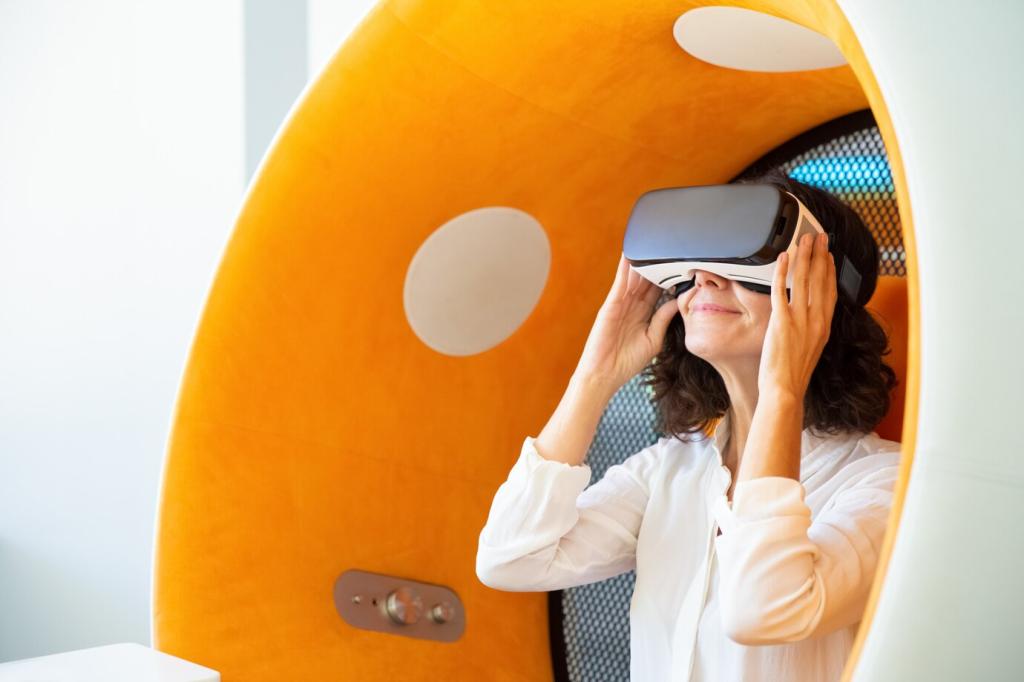
Designing for Diverse Bodies and Abilities
Support seated, standing, or limited-mobility use by letting users pin controls within easy reach. Offer haptic cues, captions, and adjustable gesture thresholds. Always provide a non-gesture fallback so fatigue never blocks essential actions.
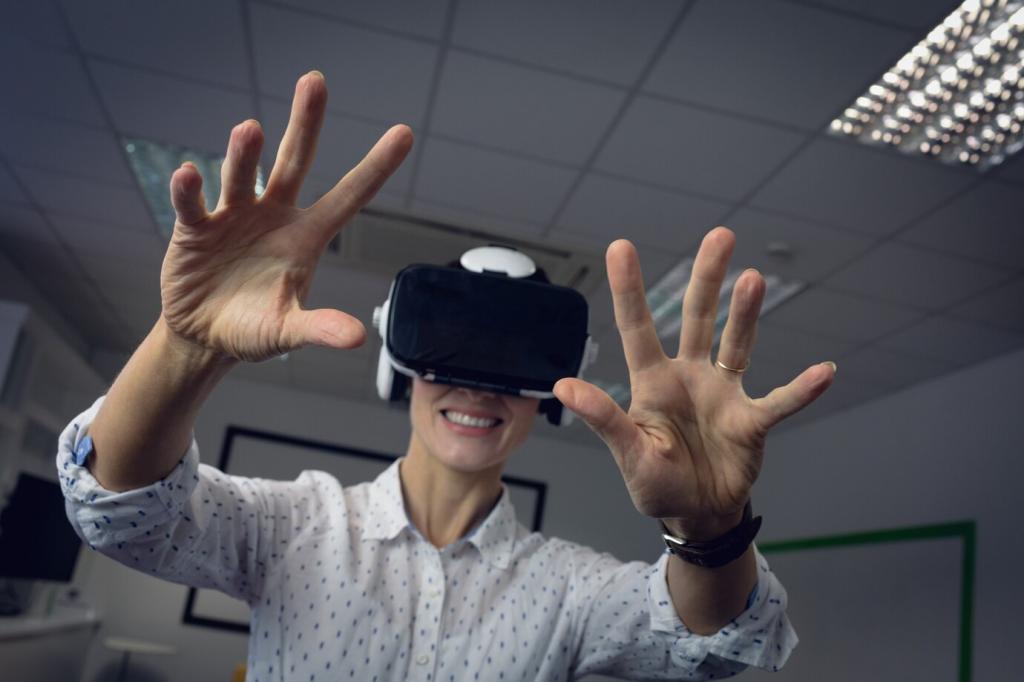
Cultural and Language Sensitivity
Localize idioms, not just strings. Colors, gestures, and symbols carry cultural weight. Allow regional presets and user-controlled formality in voice prompts. When users feel respected, they gladly share preferences that power more accurate personalization.
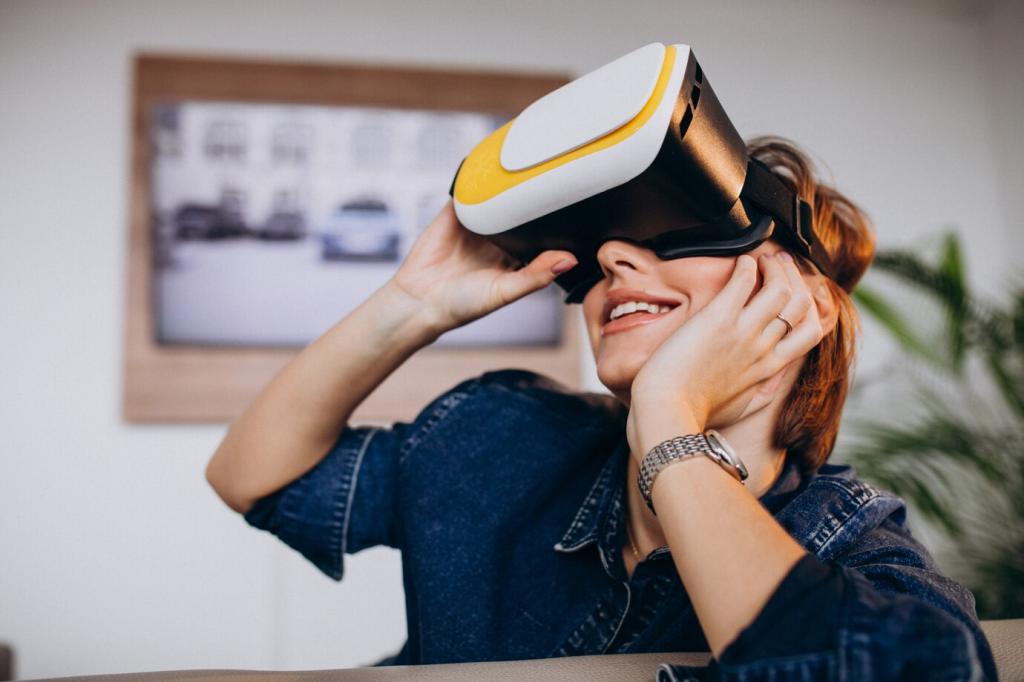
Offline and Low-End Device Strategies
Make personalization resilient when bandwidth dips. Cache profiles, compress assets, and rely on lightweight models that update later. Experiences should remain useful, not degraded, with transparent indicators showing what will sync when connectivity returns.
From Utility to Delight: Emotional Personalization in AR
A gentle confetti sparkle after a streak reinforces progress without stealing focus. Use celebratory moments sparingly, tuned to user temperament. The right nudge feels like a wink from a friend, not a loud party horn.
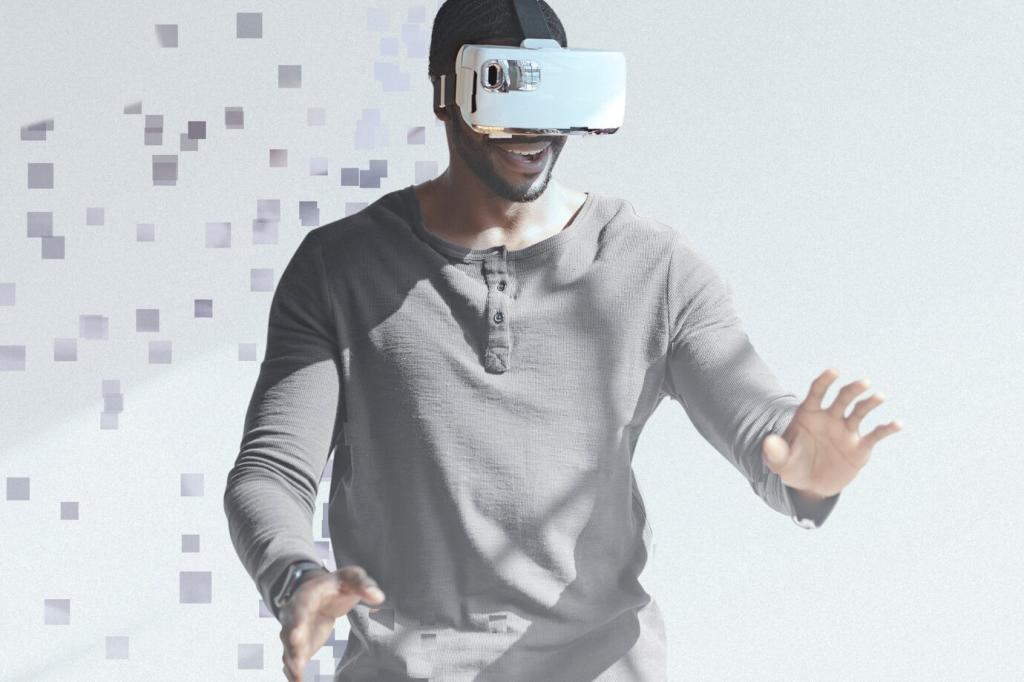
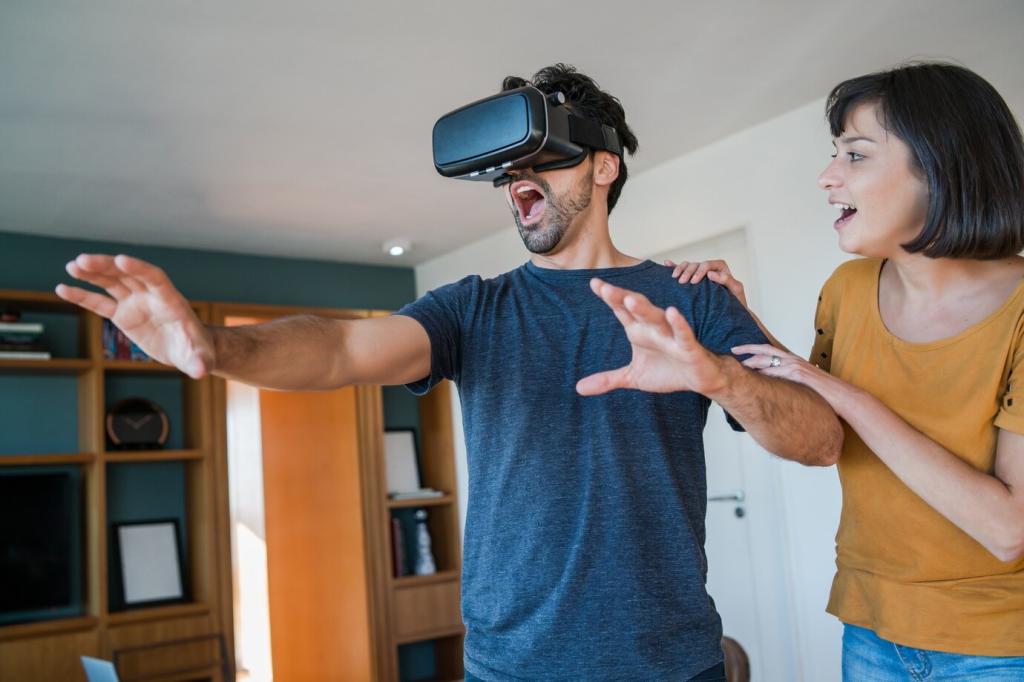
From Utility to Delight: Emotional Personalization in AR
Let AR scenes recall past achievements: a scaffold reappears exactly where a learner left off, with a small note acknowledging growth. Memory turns sessions into a coherent story that respects the user’s time and effort.
